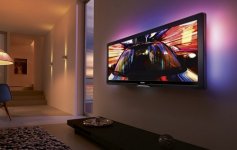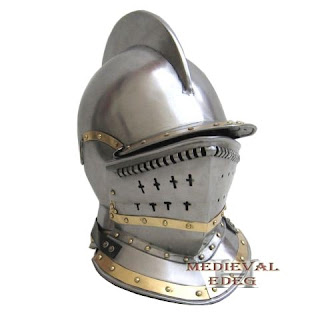Cinemascope back in 1953 was more or less a gimmick to get people out of the homes watching TV and back into the Cinema, the earliest of Cinemascope movies were notoriously huge, which go past the sight of vision for an eye to physically watch an whole area of moving pictures at that moment, perhaps the majority of the picture, though being closer to the picture (front seat) rather than being up in the back row would play a role too. Hitchcock I don't think went anywhere past 1.85:1 as a rule in his later movies, though when Cinemascope was relatively new he was given the option to use that or go 3D, so he went 3D and "Dial M For Murder" was the result.
Though I've heard some interesting stories about the earlier 1.37:1 movies Vs. TV. Obviously for the case of old TV it was 1.33:1, so some of the old movies you miss a little bit of the picture, though TVs come in different Size screens, so even when some of those early movies came out, Cinema had one fixed sized screen and I've just heard stories about stuff going back to the Charlie Chaplin days about how his movies were a lot funnier on the big screen because there was more detail and could pick up the gag easier. I think this explains in more recent decades why TV shows like "Police Squad" failed and movies like "The Naked Gun" had more success, and it's a problem we might face today when it comes to Cinema Vs. TV, Cinema gives you a true size to view a movie & TV forces you to make a judgement on what size is suitable in a home environment.


